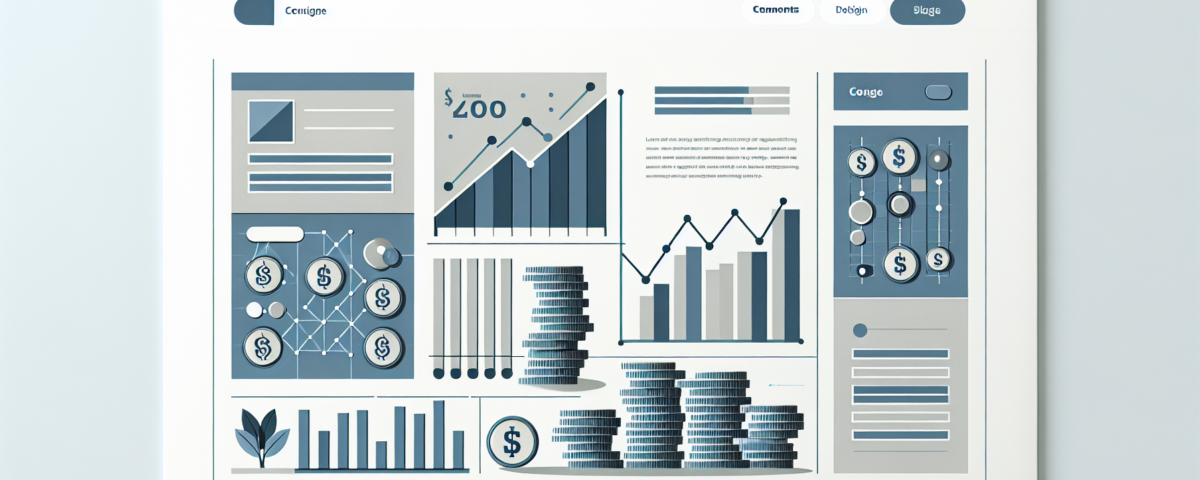
Navigating the European Markets: Insights and Opportunities for 2025
Tháng 4 7, 2025
April 2025: U.S.-China Trade War Escalates as Global Markets Plunge
Tháng 4 7, 2025Market Anticipations: Five Federal Reserve Interest Rate Cuts on the Horizon
In a significant pivot for financial markets, traders are now pricing in the expectation of five Federal Reserve interest rate cuts throughout this year. This substantial shift underscores growing trepidations surrounding the U.S. economy, influenced by various factors, including the looming effects of tariffs and potential economic downturns.
Economic Concerns Drive Rate Cut Expectations
The anticipation of these interest rate cuts is not without reason. Market participants are increasingly worried about the ramifications of economic challenges that may be on the horizon. These concerns have been amplified by evolving data that suggests the economy is not performing as robustly as previously thought. As such, the shift in sentiment reflects a broader anxiety about economic stability, with many analysts pointing to indicators that suggest a slowing growth trajectory.
Goldman Sachs, a leading financial institution known for its extensive economic research, recently laid out its forecast for interest rates. The bank predicts that the Federal Reserve could initiate rate cuts as early as June 2025. Their base scenario includes three cuts of 25 basis points each, which would reduce the federal funds rate to a range of 3.5%–3.75%. However, Goldman Sachs cautions that risks are leaning towards more aggressive rate reductions if the U.S. indeed tumbles into a recession, with potential cuts reaching up to 200 basis points over a year. For insights on strategic investment during economic downturns, consider this 3 investment mistakes to avoid for success to enhance your financial decision-making.
Recession Risks and Federal Insights
Compounding these worries, Goldman Sachs has revised its recession probability to 35%. This heightened estimate highlights the perceived risks that tariffs and other economic downturn indicators could play in shaping the financial landscape. With the current global economic climate marked by disruptions and volatility, this assessment calls for close monitoring of economic indicators and policy responses. In light of these concerns, understanding the fundamentals of investing can prove crucial; referring to the top investment mistakes to avoid in 2023 could help investors navigate this unpredictable landscape.
The Federal Reserve, meanwhile, has maintained a cautious yet open approach to the evolving economic landscape. Officials such as Governor Christopher Waller and Chairman Jerome Powell have signaled the likelihood of eventual rate cuts later in the year, depending significantly on inflation trends and overall economic conditions. Powell remarked that any adjustments to interest rates will necessitate a clearer understanding of the present economic challenges which are presently at play.
Implications for Investors and the Economy
The potential for multiple rate cuts prompts a critical evaluation for investors and market stakeholders. Lower interest rates often stimulate economic activity by making borrowing cheaper, which can encourage spending and investing. However, such measures also reflect deeper concerns about economic health. Market players must weigh the benefits of potential cuts against the backdrop of risks that may trigger these measures. Investors should also consider the enduring relevance of value investing; as discussed in this article about 3 reasons Greenblatt says value investing beats the market, a focus on well-researched investments can yield long-term gains.
As the financial landscape evolves, staying informed becomes paramount. The anticipated interest rate reductions by the Federal Reserve might not only shape the trajectory of the U.S. economy but also influence global financial markets in the coming months. Investors should remain vigilant, adapting their strategies in response to shifting economic signals and anticipating how these pivotal changes in monetary policy could impact their financial outlook.

